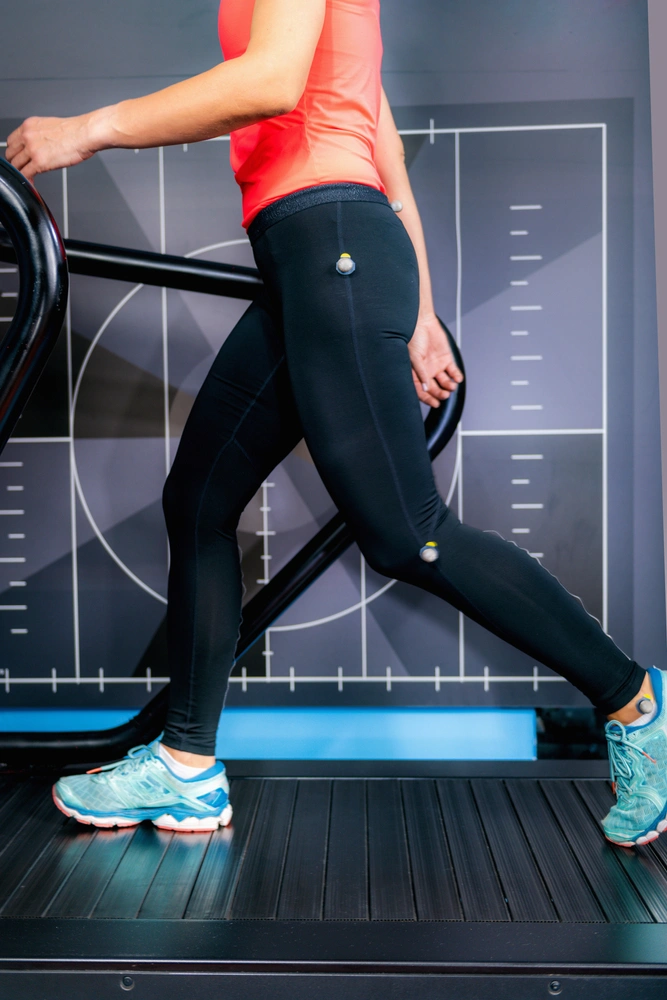Unveiling Movement:
The Significance of
Biomechanical Analysis
in Physiotherapy
Biomechanical analysis emerges as a fundamental service that allows clinicians to delve deep into the mechanics of motion. This innovative approach not only aids in diagnosing movement-related issues but also paves the way for tailored interventions. From preventing injuries and enhancing performance to designing customized treatment plans and aiding in rehabilitation, biomechanical analysis empowers physiotherapists to provide targeted care that addresses the root causes of movement dysfunction
